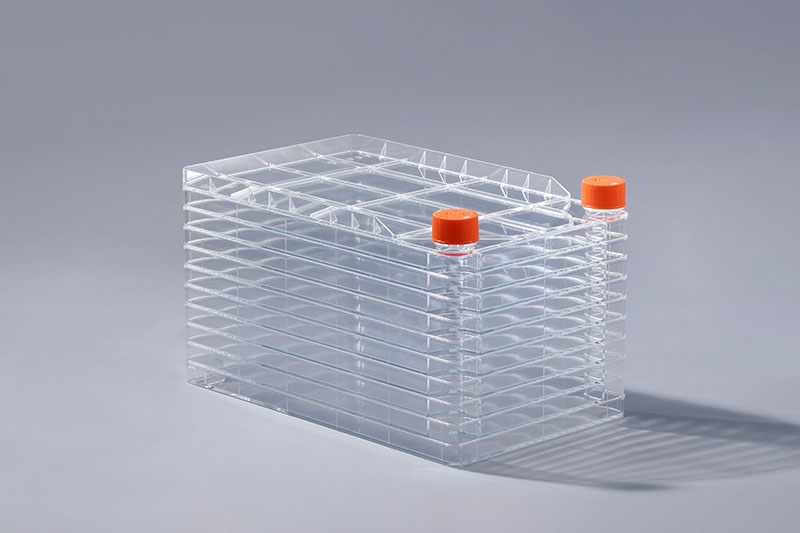마이코플라스마 오염은 기초 연구 및 산업 생산에서 자주 접하게 되는 문제입니다. cell factory를 세포 배양이나 대규모 산업 생산에 사용할 때 마이코플라즈마 오염도 매우 골칫거리입니다. 그렇다면 이 상황에서 어떻게 해야 할까요?
Mycoplasma는 세균과 바이러스 사이(최소 직경 0.2um)의 크기로 독립적으로 살아가는 미생물입니다. 마이코플라스마가 세포를 오염시킨 후 배양 배지가 흐려지지 않을 수 있습니다. 통과와 중간교환으로 안심이 되기 때문에 무시하기 쉽습니다. 그러나 일부 심각한 경우에는 세포 증식이 느려지고 세포 공장에서 탈락하기도 합니다.
마이코플라스마 오염이 발생하면 배양 중인 세포, WCB의 세포 등과 같이 중요하지 않은 세포에 대해 배양 및 사용 매체를 비활성화하고 폐기할 수 있습니다. 더 중요한 세포의 경우 MRA 치료, 약물 보조 온열 치료, 마이코플라즈마 특이적 혈청 사용, 동물에 대한 접종 및 멸균, 대식세포 탐식작용, 마이코플라즈마 제거 배지 사용을 치료에 사용할 수 있습니다.
마이코플라스마 예방 오염은 세포 배양 작업을 위한 세포 공장 사용의 핵심입니다. 마이코플라즈마 오염의 가능성은 환경오염의 통제, 엄격한 실험적 운영, 세포 배양 배지 및 장비의 무균성 확보, 세포 배양 배지에 적절한 양의 항생제 첨가로 감소될 수 있습니다.
The FAI climbed 5.9 percent year-on-year in the first 11 months of 2018, quickening from the 5.7-percent growth in Jan-Oct, the National Bureau of Statistics (NBS) said Friday in an online statement.
The key indicator of investment, dubbed a major growth driver, hit the bottom in August and has since started to rebound steadily.
In the face of emerging economic challenges home and abroad, China has stepped up efforts to stabilize investment, in particular rolling out measures to motivate private investors and channel funds into infrastructure.
Friday's data showed private investment, accounting for more than 60 percent of the total FAI, expanded by a brisk 8.7 percent.
NBS spokesperson Mao Shengyong said funds into weak economic links registered rapid increases as investment in environmental protection and agriculture jumped 42 percent and 12.5 percent respectively, much faster than the average.
In breakdown, investment in high-tech and equipment manufacturing remained vigorous with 16.1-percent and 11.6-percent increases respectively in the first 11 months. Infrastructure investment gained 3.7 percent, staying flat. Investment in property development rose 9.7 percent, also unchanged.
 English
English



















































